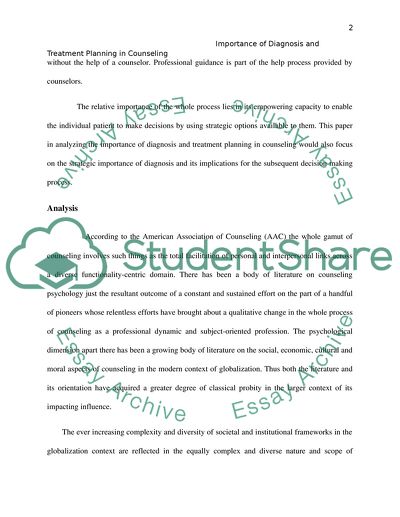Cite this document
(The Importance of Diagnosis and Treatment Planning in Counseling Research Paper, n.d.)
The Importance of Diagnosis and Treatment Planning in Counseling Research Paper. Retrieved from https://studentshare.org/health-sciences-medicine/1720803-importance-of-diagnosis-and-treatment-planning-in-counseling
The Importance of Diagnosis and Treatment Planning in Counseling Research Paper. Retrieved from https://studentshare.org/health-sciences-medicine/1720803-importance-of-diagnosis-and-treatment-planning-in-counseling
(The Importance of Diagnosis and Treatment Planning in Counseling Research Paper)
The Importance of Diagnosis and Treatment Planning in Counseling Research Paper. https://studentshare.org/health-sciences-medicine/1720803-importance-of-diagnosis-and-treatment-planning-in-counseling.
The Importance of Diagnosis and Treatment Planning in Counseling Research Paper. https://studentshare.org/health-sciences-medicine/1720803-importance-of-diagnosis-and-treatment-planning-in-counseling.
“The Importance of Diagnosis and Treatment Planning in Counseling Research Paper”, n.d. https://studentshare.org/health-sciences-medicine/1720803-importance-of-diagnosis-and-treatment-planning-in-counseling.


